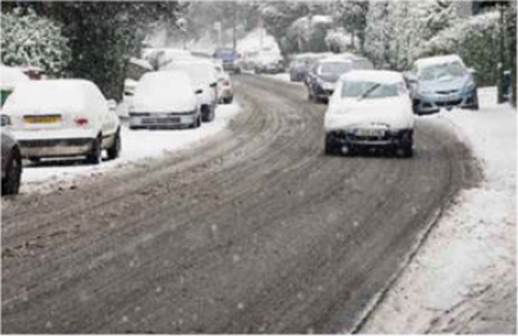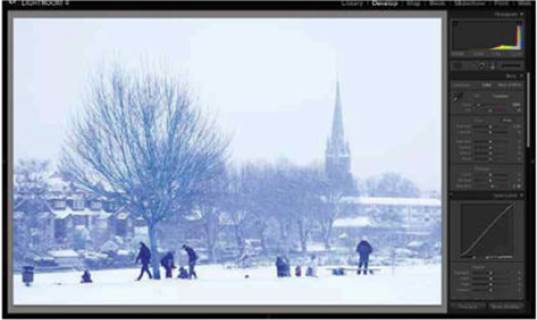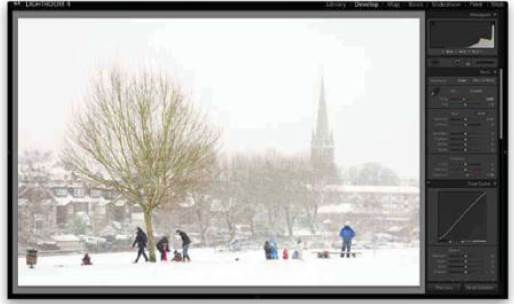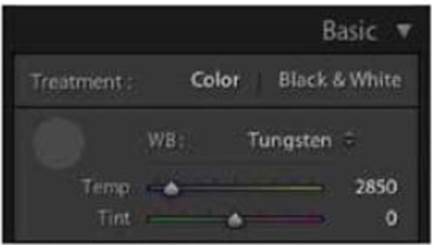Bad snow day? White balance issues
can be fixed easily in software
Photographers have a few things in common.
Our cars are worth less than the contents of their camera bags, we all own
black anoraks and we all love snow. That doesn’t mean we love being out in the
snow, obviously. Cameras are fiddly little chaps, and small buttons mean you
can’t reliably work them while your fingers are turning blue. Lens changes are
impossible when there are clumps of frozen water coming from the sky, and
there’s always the chance of being caught by a rogue snowball courtesy of a
gang of local scamps.

Snow
business: Traffic in the snow – a picture with plenty of potential sell ability
Still, the indisputably good aspect of snow
is that it’s almost endlessly photogenic. Kids in sledges, snowball fights,
quaint English villages rendered irredeemably twee as the local church dons a
fluffy white cap – shots like these can make for surprisingly lucrative work
for photographers. Or, from a news point of view, there’s the virtual guarantee
of public transport skidding to a halt or, for the very lucky, a Hail Mary shot
of a pedestrian coming to grief on a patch of black ice.
During the recent deluge of fluffy stuff,
photographic agent Alamy sent out a plea to its photographers asking for more
photographers of snow. The papers imply couldn’t get enough of it, said the
message. ‘Both stunning photos and apparently mundane photos that illustrate
the weather are sellable’, the email continued. It was certainly true that for
every eye-catching weather photo there two or three whose inclusion merely made
up the numbers. Or it could
Simply is a truism that the British can’t
get enough of talking about, watching and predicting the weather.
In fact, given the myriad possibilities of
snow, it’s weird that modern photographic equipment makes such a hopeless job
of capturing it. There’s the question of cameras set to automatic exposures,
for one thing: show a camera a big expanse of white and it will assume you’re
looking at something very bright. It speeds up the exposure accordingly, and
instead of cloud-like fields of snow, what you get is a grey mush, with the
rest of the frame fading into even darker shades of underexposure.

Hue
and cry: white balance is particularly problematic when taking photos of snow,
when you often end up with a blue cast to your images
An equally big problem is white balance.
White balance is one of my favorite things to bore people with, because it’s a
great illustration of how incredible the human eye is. Just like a camera, the
human visual system needs to detect and adapt to different temperatures of
light the lights in your kitchen make things look different to the lights in
your living room, which are, in turn, a different color temperature to the sun.
However, while a camera has a relatively limited range of white balances to
which it can adjust, and often has a hard time getting it right, your eyes (or,
to be specific, your brain) detects and adjust for white balance instantly and
invisibly. The only way you’ll ever even notice a change in color temperature
is if you’re in a room with one mind of light and you look into a different
room with another kind of light. Go and try it. I’ll wait.
But a camera’s relatively limited response
to the temperature of the light it’s working in, and its occasional inaccuracy
at gauging that response, is problems. If you’re ever spotted a distinct blue
tint to an image, that’s white balance letting you down. (For some reason
answers on a postcard – white balance inaccuracy only seems to result in
cooler-looking images, rather than warmer ones).

It’ll
be all white: With the white balance corrected in Lightroom, the image looks
much more realistic
White balance failures happen all the time.
I run photography workshops at London and Whipsnade zoos, and in the afternoons
of overcast days, complain about ‘blue’ images by far outnumber any other kind
of problem. It affects all makes of camera apparently equally: Nikon, Canon,
and Sony – white balance is, ironically, blind.
Still, if all cameras can be relied on to
mess up white balance, at least mending it is one of the easiest fixes in
modern photography. Assuming you’re shooting raw files, repairing weird white
balance is a job so quick that I struggled to get more than a page or so out of
it while I was writing a recent book about Lightroom.
Shooting raw files is important if you know
you’re going to need to correct with white balance. Unlike almost every other
fix you apply to an image exposure correction, saturation and so on – changing
white balance is effectively ‘free’. Changing white balance, even changing it
lots of times, doesn’t damage the detail levels in your original shot. It
doesn’t increase apparent noise like noise like boosting an exposure does, and
it doesn’t create pasteurization like upping saturation can.
The trick, in Lightroom at least, is to
find an image with squiffy white balance and tap ‘W’. This produces the white
balance picker. Next, hover the mouse over a white (in color, rather than white
as in overexposed) and click. The white balance of the image is shifted, the
colors are corrected and you’re free to get on with your life. Aperture users,
incidentally, can all up the white balance picker with Cmd-Shift-W.

Correctional
facility: In correct white balance can be fixed very effectively with
Lightroom’s white balance picker. The truly rushed can simply tap ‘W to bring
it up
There are, of course, ways to head off
white balance issues. You could constantly fiddle with your camera’s menu
system to select the appropriate light source. Or you could carry a greyscale
card around with you everywhere, the idea being that you shoot a new version of
the card under different lighting and use that to calibrate your camera. A
brief check on a popular photographic retailer reveals that a 4 x 6 in white
balance card will set you back $46.5, which is shocking even in an industry
that thinks nothing of charging you forty quid for a beanbag.
So, for reasons if both faff-avoidance and
not giving encouragement to the more price-gouging elements of the photographic
industry, the cheapest and best way to fix white balance is with software. It
won’t solve the problems of numb fingers or making a fool of yourself when you
tip over backwards on an icy pavement, but as quick and easy ways to perfect
images go, it’s hard to beat.